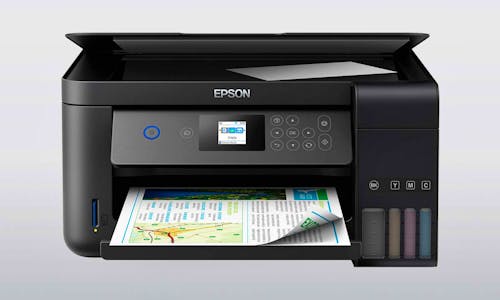When it comes to looks, the HTC Legend may have got the lion’s share, but the HTC Desire got the brains – with a super fast processor and deliciously responsive capacitive touchscreen it impressed us straight off the bat. Can it out-do its sister product, the Google Nexus One? And just how will that battery hold up?

What we like
Pictures of the HTC Desire just don’t do it justice – it’s so much more aesthetically pleasing in the flesh. It may not have the aluminium uni-body stylings of its brother, the HTC Legend, but its smart dark-bronze detailing and rubbery matt-black casing are elegantly understated. The huge 3.7-in AMOLED screen is sharp and the colours are vibrant. It’s light and slim, but feels really nice to hold in the hand.
The Desire is lightning fast. Both online and off we had no problems with lag. Web browsing is quite possibly the fastest and most pleasurable we’ve seen to date; loading times were negligible and the large screen was a joy to browse with. The 1Ghz Snapdragon processor added to the phone’s responsiveness and ensured multi-tasking didn’t slow us down.
Getting set up was a breeze with the Sense UI’s set-up wizard which guides you through the essentials the first time you switch on – it gets your email up and running, as well as social networks, phone book contacts and time, date and location.
The Desire does away with the Nexus One’s trackball, opting instead for an optical trackpad for scrolling and acting as the enter button for some functions. We didn’t tend to use it a great deal because the capacitive touchscreen was so responsive, but when we did it was easy and accurate.
Another great Sense addition is the Leap thumbnail mode – by zooming out from the home screen it gives you a quick and easy overview of your setup and you can quickly navigate between home screens without swiping. Customising home screens is just as easy peasy – and you’re not likely to run out of space with seven home screens to play with. There are also some HTC-built widgets to take advantage of, like Friend Stream, which amalgamates your social networks into one handy feed.
The onscreen keyboard is very good indeed; on a par with the Legend, which we described as the best we’ve ever used, but because the screen is even larger than the Legend’s 3.2-inch offering, you’ve got more space to play with. The haptic feedback was not intrusive, with its reassuring little vibrations letting you know when you’d made proper contact. There’s even a little wizard to help you get to grips with it.
Superior GPS made Google Maps a joy, the 3.5mm headphone jack means you can use any headphones you like with the handset and the music player, while not the most beautiful or intuitive we’ve ever used, is as user-friendly as the rest of the phone.
The 5.0-megapixel camera was far and away the best of the HTC cameras we’ve seen to date; while it’s still not the best quality camera we’ve seen on a phone, it’s much better than that of the Hero and other older HTC models. With a plethora of options and effects to play with, as well as a passable-quality video recorder function, it should more than satisfy as a camera phone.
What we didn’t like
Sometimes that beautiful screen was a bit too responsive – particularly when scrolling through menus and galleries, even the slightest touch would send the icons racing across the screen. At times like these we defected to the optical trackpad for more accurate control.

When we used the Desire intensively for a long time (about 45 minutes), it did get very warm. At this point we started seeing error messages and forced closes, and the Wi-Fi connection became a little wobbly. However, after a short break it was back to its old self – it’s not clear if these issues were recurring, however, as we didn’t experience them a second time.
The screen lock/activate button is housed on the top side of the handset – we’d have liked to see another of the buttons on the front of the chassis doubling as an unlock button, for the convenience of checking the time without having to pick the handset up.
What really lets the handset down is its battery life – we were lucky to get one day of use out of it without charging, even with just casual use. The battery indicator wasn’t hugely reliable either, with it seemingly quite full until it suddenly ran right down to the red.
Conclusion
There’s just not much wrong with the HTC Desire. Like most feature-heavy smartphones, battery life was something of an issue but there’s always the option to turn the 3G off to save battery and cut down on widgets.
We fell completely in love with the Desire – it seemed to know everything we wanted to do, and made it all ridiculously quick and easy to do. And, with the killer combination of speed, grace and that deliciously touchable AMOLED screen, it’s a winner.
Specification
| OS | Android |
|---|

Leave a Reply